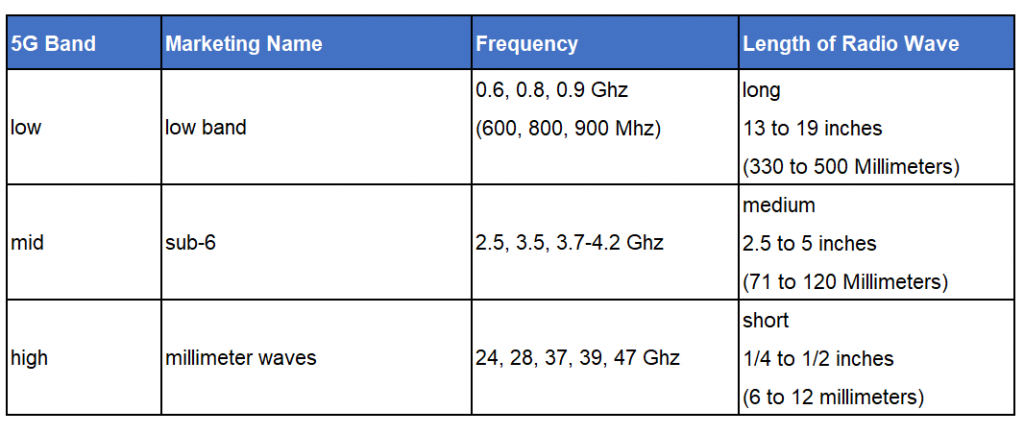5G Wireless Network
In recent months we’ve been hearing a lot about the capabilities of 5G. We’re being drawn in by the claims that 5G will completely change the world in which we live drastically and quickly. From smart cities to self-driving cars and a massive Internet of Things. Specific claims state that this technology will make life easy across industries and professions, even enabling the next generation of smart homes. But, is all of this really true? Which of these claims are real and when will we start seeing the life-changing effects of 5G? Let’s find out!
5G will provide lower latency and higher capacity, which means once fully deployed it will be able to connect many more devices simultaneously at much faster speeds with a smaller delay in the time it takes to download content. It will eventually enable the envisioned Internet of Things, which is billions of devices connected to a network that enables these devices to communicate with humans and machines. The challenge is that it will take a few more years to build out a consistent 5G experience throughout an entire city or region. Experts predict the US won’t see extensive 5G coverage until 2022 or 2023, probably past the lifespan of the new 5G capable smartphones purchased in Q1 2020.
There are three main obstacles to overcome before 5G is widely deployed and in daily use:
- Building the wireless network to support all three bands of 5G technology across the nation including densely populated cities, suburban areas, transportation routes, rural areas, etc.
- Repeating the 5G signal inside buildings so 5G capable devices can connect inside those facilities.
- Introduction of 5G capable devices.

The 5G wireless standard incorporates technology that allows a phone to jump from the high-frequency bands to the mid or low-frequency bands when signal quality degrades. This will improve our voice and data experience with our cell phones. The performance of the 4G network will improve as more devices move to the 5G network. In addition, some carriers are improving the existing 4G network performance while simultaneously deploying 5G.
For the next several years, most 5G capable devices will fall back to the 4G network if no 5G is available. Typical 4G speeds are 30Mbps to 50Mbps. Some enhanced 4G networks are delivering the same speeds as low band 5G. Most current 5G phones are only capable of connecting to 1 or 2 of the 5G bands. Therefore they are technically 5G capable. Future phones will have the ability to connect to all three bands.
The carriers are taking different approaches to building out the 5G network. Some are focusing on the high bands in densely populated areas first. Some are focusing on the mid and low bands across larger geographic areas. All carriers should have reasonably consistent coverage across the nation in any of the 5G bands they operate on by 2025 or earlier.
The possibility of new technology never fails to bring a wave of excitement with it. And, surly 5G does bring about some massive possibilities. But the rollout will not happen overnight. And, even after the infrastructure is in place, households, companies, and other organizations will have to upgrade from their existing technology to utilize the benefits 5G will bring. The potential everyone has seen in this next generation is long-term, but also substantial. Want to learn more? Contact CC&N today!





